
What if such a smaller military force uses low-cost, high-impact technology to turn the tables on a larger adversary? Ukraine’s Operation Spider Web has given a striking answer. A strike led by Kyiv’s Security Service inside Russian territory this June 2025, in coordination, was assessed as causing damage to strategic bombers, air defense systems, and energy infrastructure amounting to some $7 billion. Not only did it shake the Kremlin, but it also reset the rules of engagement in modern warfare.
This was no single opportunistic raid but the culmination of 18 months of intricate planning, fusing intelligence, stealth logistics, and cutting-edge drone technology. Strikes reaching as far away as Siberia tore apart the geographic invulnerability so long held by Russia. Certainly, for the defense analyst and military technologist, the lessons of this campaign go well beyond the battlefield into doctrine, deterrence, and the economics of war.
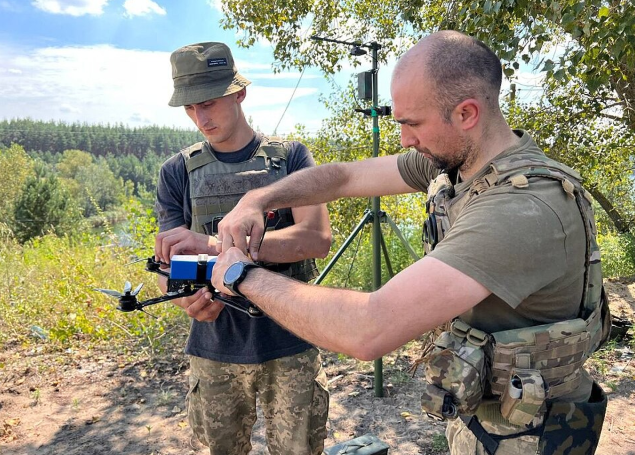
1. Deep-Reach Strategy for Operation Spider Web
By June 1, 2025, the attack had reached five airbases across five time zones-including Belaya in Irkutsk, nearly 5,000 km from Kyiv-with 117 FPV drones launched off trucks hidden inside Russia to reach the Tu-95s, Tu-160s, and Tu-22M3 bombers plus an A-50 early warning plane. That selection of targeting platforms had made those critical to Russia’s long-range missile campaign inoperable. A launch point from inside Russia circumvents GPS-jamming defenses, and these hits came in a simultaneous manner that saturates the local responses.
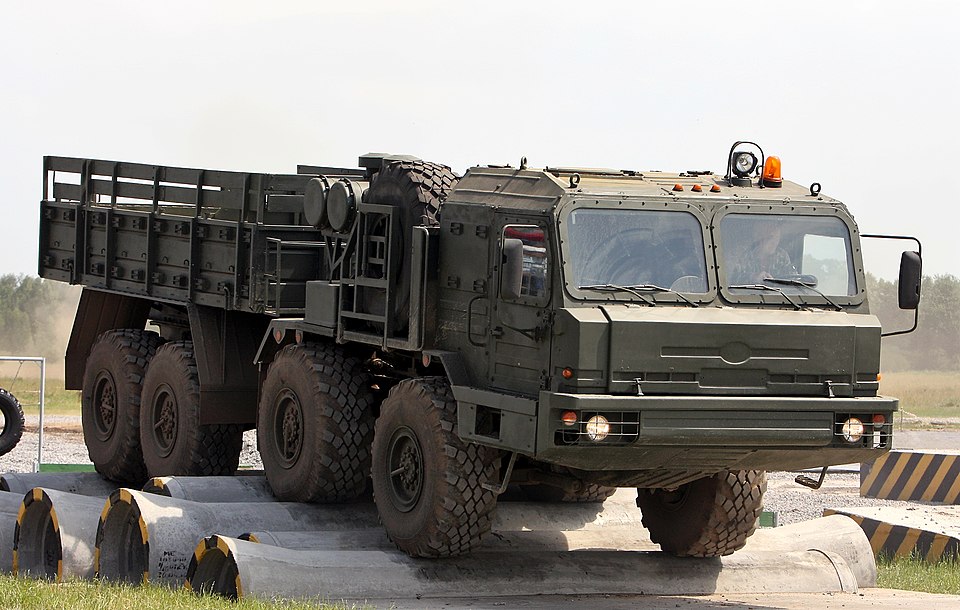
2. Logistics of Stealth and Covert Deployment
Preparations took months, from smuggling drones into the country inside cargo trucks modified with mobile wooden homes, whose roofs could be opened to launch, to remote activation systems for launching without exposure of operators. All personnel pulled out before the strike-self-destructing trucks leaving no trace. The very essence of a ‘Trojan horse’-adaptation of civilian infrastructure for military purposes-is one which easily could be emulated elsewhere.

3. AI-Powered Targeting
Reports further mention that AI is used in Ukraine to navigate drones on open-source, open autopilot software like ArduPilot, and visual-based recognition systems trained on museum aircraft to find weaknesses. That allowed the drones to continue autonomous missions when operators lost a signal and strike with precision despite electronic warfare. In that sense, the ability to program drones to strike specific vulnerabilities significantly enhances their destructive possibility against high-value assets.

4. Impact on Russia’s Oil Industry
Besides military targets, Ukrainian drones have struck refineries, terminals and fuel depots time after time. Some of them-such as Saratov-have been hit as many as seven times. Nearly 160 successful attacks were recorded in 2025 alone. The president, Zelenskyy, said refining capacity was down 20%, though estimates by SBU put that figure at 37%. Due to the fact that the strikes come at such a steady tempo, repairs cannot keep pace, which results in fuel shortages in 57 regions and the imposition of export bans. According to analysts, the impact of repeated strikes is to stretch spare-parts supply chains already constrained by the sanctions.
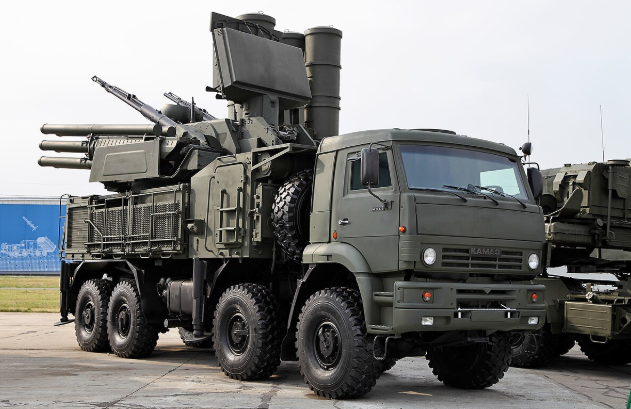
5. Russian Air Defence Burden
Ukraine claims to have destroyed 48% of the Russian Pantsir systems since the beginning of 2025, along with S-300 and S-400 batteries, plus key radars such as the Nebo-M and 91L6E. The strikes against detect-and-intercept capabilities have thereby opened up exploitable holes in the defensive coverage of Russia. Even bases hosting dozens of bombers did not have adequate close-range protection against small FPV drones, as the June 1 strikes showed.
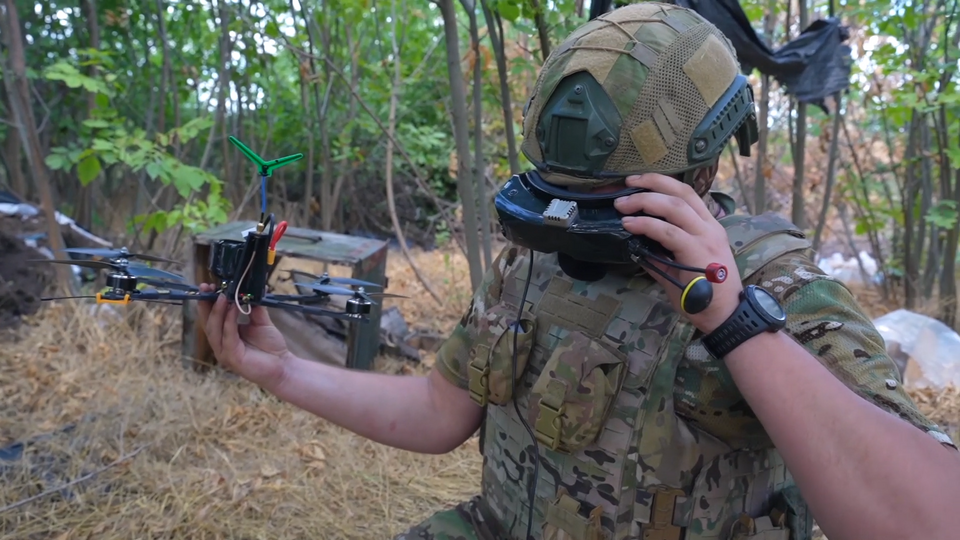
6. Cost-Effectiveness of FPV Drones
The Firepoint FP-1 drone, for example, at some $55,000, can carry up to a 120 kg warhead 1,500 km. Several orders of magnitude lower cost drones destroyed hundreds-of-millions-of-dollars-each aircraft during Operation Spider Web. This inversion of the cost-to-damage ratio signals a doctrinal shift: inexpensive platforms, when networked and precisely targeted, can neutralize strategic assets traditionally safeguarded by high-cost defences.
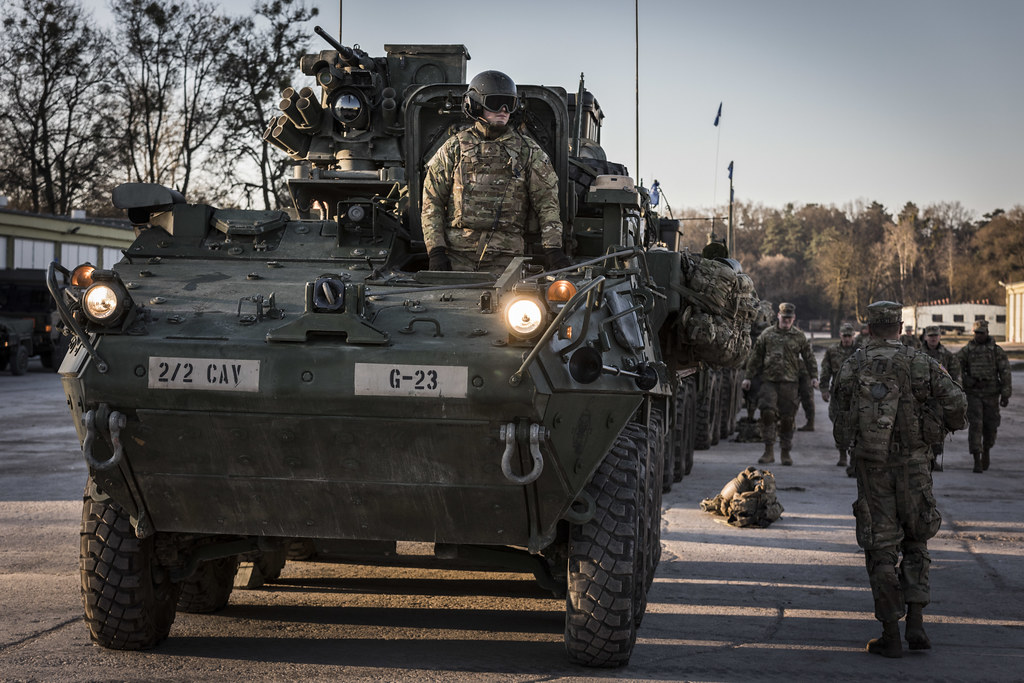
7. Psychological and Strategic Signaling
By punching deep into Siberia, Ukraine demolished the Russian narrative of territorial sanctuary. It was a well-timed operation, just before the talks for peace in Istanbul, aimed at strengthening Kyiv’s negotiating hand. It conveyed to the allies Ukraine’s capability for complex deep-strike missions on its own and to the Russians that no asset is out of reach. The psychological consequence for Russia could be to force it to diffuse its defenses across the vast territory, thereby diluting any ability to concentrate its forces.

8. Interaction with Global Oil Geopolitics
The refinery strikes are connected with wider dynamics within the energy market. US sanctions against Rosneft and Lukoil, combined with attacks from Ukraine, have wiped 20% off Russian seaborne exports in weeks. Major buyers in India and China froze orders. Analysts warn sustained disruption could cut exports from 4.8–5 million b/d to 2.8 million b/d, while budget revenues, 40% of which fund defense and security, would be squeezed.
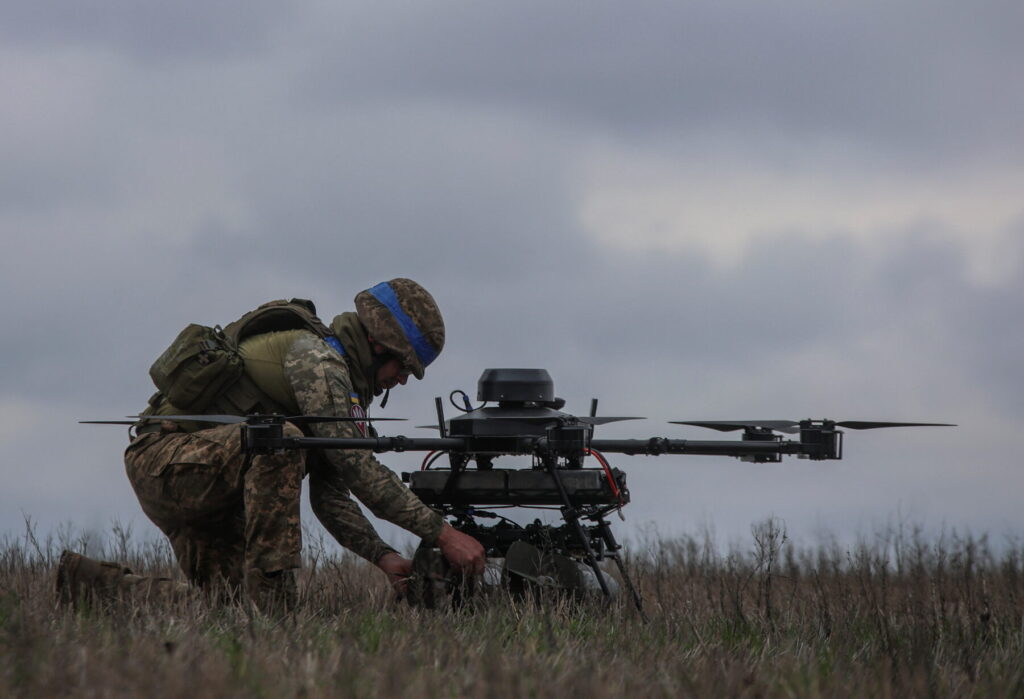
9. NATO’s Lessons from Ukraine
NATO officials, including Secretary General Mark Rutte, have hailed Ukraine as “a powerhouse in military innovation.” The alliance is now studying Spider Web’s methods as a way of refreshing its counterdrone doctrines and protecting strategic infrastructure. Joint training programs take place against the backdrop of production partnerships under way with Denmark, Poland, Britain, and Romania. This operation underlines how mobility, autonomy, and the integration of civilian technologies into military systems may prove integral in future conflicts.
Operation Spider Web was more than a tactical victory; it was a testament to how ingenuity, dogged determination, and technological adaptation can offset the numerical inferiority of a force. For Russia, the strikes exposed a potentially critical nexus of vulnerabilities in military posture and economic resilience. For Ukraine, they validated a doctrine of asymmetric disruption that could define future engagements. For the global defense community, the operation serves almost as a case study into the evolving nature of warfare, wherein precision, reach, and cost-effectiveness are redefining what is strategically possible.


